2013 Volkswagen Intramural League, Fourth Place: Passat 1.8TSI SEL

Westmoreland Rabbit! Say it with me: WESTMORELAND RABBIT! The minute Volkswagen announced that they would be building a new-from-scratch sedan in a new-from-scratch American factory, the cries of WESTMORELAND RABBIT were heard across the land, from MIVE to the “Emm Kay Eye Vee” forums. Westmoreland, of course, was the infamous transplant Volkswagen factory that gave us wide-taillight, square-headlight Rabbits with stupid-looking side markers and velour interiors and horrifying quality control and wallowing non-Euro suspensions and the Rabbit GTI, which is usually left out of the “complaining about Westmoreland” narrative. The fact that the “NMS” Passat would be considerably bigger and blander than the Euro B6 or the CC didn’t help matters.
Car and Driver gave the new Passat a first-place finish in its comparison-test debut and then, following certain rules of the industry, dropped it to last place in a follow-up comparison eight months later. Neither result stilled the cries of the Westmoreland Rabbit crowd. The Internet hates this car. The American public, however, loves it and VW’s sales are through the roof this year, largely on Passat momentum. For 2013-badged-2014, the Passat drops the not-quite-evergreen 2.5L five-cylinder in favor of a turbo four-cylinder with a rather odd cylinder head design.
After thirty-five fast miles in the TSI SEL, I was convinced that it wasn’t “Americanized” much at all. Instead, it’s a return to VW’s water-cooled roots…
If you want the old five-cylinder in your Passat, you’d better move quickly, because it’s being phased out as we speak. The replacement is a third-generation version of the “EA888”, usually sold in the United States at the “2.0T” in various VW and Audi applications. It weighs less and gets better fuel economy than the 2.5, offering the same 170hp but slightly more torque in the traditional light-pressure turbo flat curve. VW alternates between calling the engine “all-new” and “third-generation”, but the truth is probably a little of both. The unique engineering proposition is a cylinder head that incorporates the exhaust manifold.
Routing the white-hot exhaust gases around in the head reduces the time until the catalytic converter becomes effective, it saves weight (with 88 pounds in total engine weight reduction being the figure quoted at the press event) and it improves thermal efficiency. My initial thought was “and it sounds like a great way to make sure every waterpump failure ends with a warped head” so I had a conversation with the chief engineer after the presentation was over. It went approximately like this:
Jack: “What happens if the waterpump fails? Isn’t there a chance of warping the head?
Engineer: “The waterpump? Failing?”
Jack: “Yes, happened to both my ’90 Fox and my ’06 Phaeton.”
Engineer: “There is a valve. It will be fine.”
Jack: “Also, Ford says their turbocharger is good for 150,000 miles before failure. How long is the turbocharger on this car good for, given that many people will be buying it without really considering the fact of its turbo-charge-ed-ness?”
Engineer: “Our testing is not for a certain period of miles. It will be very durable.”
So there you have it. The turbocharger and the trick head/manifold-thingy will be very durable. I should mention that during the presentation we were told that the “Things Gone Wrong” rate in new Volkswagens, along with the warranty costs, were wayyyy down. We were shown a chart that showed how VW is getting closer and closer to the standard of reliability demonstrated by companies like Chevrolet and Kia. There was something charming about the whole deal. I felt like Miles Davis listening to reasons why Paul Chambers couldn’t make the gigs on time or something.
‘
Back to the Passat. From the moment you sit in the car, it charms you with massive room for both front and rear passenger, plus a low beltline. It’s brilliant. The beltline and window area of the Passat provide a masterclass in applied visibility and spaciousness. It’s better than the preceding B6 Passat and probably almost up to the standards of the illustrious B5. The interior isn’t “premium” in any way, shape, or form but it’s bolted together securely of decent-feeling materials. There really is a difference between the interiors of the Jetta and Passat, with the difference solidly in the Passat’s favor. Between the CC and this American Passat, there’s less of a difference. If you’re looking for an “upscale” feel, though, you’ll have to check out a Ford.
The inimitable LFK Setright often opined that a turbocharger and a torque-converter automatic transmission made for a very good pair because “one will be at work when the other is not”. This proves to be the case as I start the TDI up Deer Park Road in Napa. Although VW was the first manufacturer to productionize double-clutch transmissions, they also have the intelligence to leave it out of larger sedans unless the buyer really wants it. The TDI Passat comes with DSG to optimize economy. Nearly 4 out of 10 Passats, by the way, are sold with the TDI powerplant. But this 1.8TSI has a six-speed conventional automatic which immediately demonstrates its competence on severe grades and tight turns. I’ve been an bit of a 2.5-five fan in the past; it actually works very well in American driving conditions and although the mileage isn’t great, at least it will shove a bit when you need it to. But with the flat torque curve and an increased willingness to rev, the TSI has it whipped on all counts.
Compared to the CC, the big Passat appears to have considerably more body rigidity, nearly on par with the 2013 Mercedes C250 I brought to Napa as a reference mark. That, combined with the lessened pace available from a smaller engine in a bigger car, combines to make progress up and down the mountain both pleasant and reasonably rapid. It has good body control even if it’s not even remotely sporty. A shame, then, that the brakes are just as spongy as they are in the CC. Only an exceptionally brave individual would depend on them to prevent off-mountain excursions. Still, this car will make time on a fast road. It’s not that much less athletic than a Camry SE and more so than the LE.
It’s easy to like the Passat on smooth roads but the romance hits a snag when things get complicated beneath the 18″ alloys. Road noise comes through loud and strong and minor imperfections are translated directly to the outstanding leather/Alcantara-esque seats. Perhaps the absence of wind noise makes this stand out more — I didn’t have a decibel meter with me — but my notes are clear: the Passat is simply far too loud on bad pavement. I drove this car back-to-back with a Fusion SE (about which more will be said tomorrow) and I was appalled at how much worse the road noise was. It was like stepping back in time to an old Dasher or something. No doubt the big wheels are to blame, and you don’t get them until you’re five grand above the baser-than-baser “S” price. Speaking of. Remember when “S” on a Volkswagen meant it was cool, not cheap? Anybody remember the Scirocco S with Johnny Rutherford in the magazine ads? No? Just me?
Wish I could find it in higher resolution. I probably can, by looking through my 1980-vintage car magazines.
Note that we’ve talked about the Dasher and the Scirocco in the past hundred words. That isn’t just because I’m an old man telling stories about how nickels used to have pictures of bumblebees on them. Let’s review the merits and demerits of the Passat:
- Big and spacious for its class
- Great visibility
- Good but not premium interior
- Solid structure
- Decent power
- Angular, tasteful looks
Add the one thing I haven’t told you yet — the TSI SEL costs a whopping $30,895 — and it becomes plain. This is the VW Dasher all over again. It truly is a legitimate Passat in that respect. It’s not sporty, but the Dasher never was. It’s big for its class, and so was the Dasher/Quantum. It has great visibility and a solid but delicate feel… hey, that’s a Dasher. It even looks Dasher-esque. No, it doesn’t have any of the cheap-BMW appeal that has become an unstated foundation of the Volkswagen brand’s chosen image in the United States, but that was never part of the original FWD water-cooled VW plan.
The Passat is this: a regular family car with a German badge and some price premium. That’s totally consistent with Volkswagen big sedans from 1975 to 1997. It may be made in Tennessee with a Mexican turbomotor, but this is in no way a Westmoreland Rabbit. It possesses the global Volkswagen virtues, which is why they’re selling it in China now. It’s a proper, decent, honest VW product that doesn’t pretend to be anything it isn’t. For that reason, it gets a leg up on the pseudo-CLS CC with its unfulfilled pretensions of Autobahn character, and it is cheerfully recommended to anybody who is prepared for all the little hassles of Volkswagen ownership.
With that said, there’s a better choice in VW sedans available, and that’s coming up in a future installment of the Intramural League. Sit tight.

More by Jack Baruth
Latest Car Reviews
Read moreLatest Product Reviews
Read moreRecent Comments
- Clark The Ring (Nürburgring) is the only race track I've driven on. That was 1985 or 1986 with my '73 Fiat Spider (and my not-so-happy girlfriend). So I made the Karussell (today: Caracciola Karussell, which I believe the author meant; there is another one: Kleines Karussell).
- AZFelix This article takes me back to racing electric slot cars with friends on tracks laid out in the basement. Periodically your car would stop due to lost connections or from flying off the track and you would have to dash over to it and set it right. In the mean time your competitor would race ahead until faced with a similar problem. It seemed like you were struggling harder to keep from losing than trying to win. Fun times.“History never repeats itself, but it does often rhyme.” Mark Twain
- MaintenanceCosts What Americans get told (a) vs. actual EV ownership experience (b)(and, yes, I am an actual EV owner)a. You'll be waiting indefinitely for slow chargersb. Nearly all of your charging happens while you're at your housea. EVs are prohibitively expensive toys for the richb. Fuel cost is 1/4 that of gas and maintenance about the same, with purchase price differences falling quicklya. EVs catch fire all the timeb. Rates of ICE vehicles catching fire are much higher, although the few EV fires can be harder to extinguisha. You can't take a road tripb. Road trips are a bit slower, but entirely possible as an occasional thinga. iTz A gOlF cArT!!1b. Like a normal car, but with nicer power delivery and less noise
- Pete Skimmel We bought a last year 2015 model XB as a leftover new car at our local Toyota dealer in early 2016. Stupidly cheap at about $18,500 out the door (no sales tax in Oregon), it has an automatic and the usual amenities. It's been a great around town car that my wife hopes to keep until they pry her cold senile hands from the steering wheel in about 20 years. When we occasionally carry adult passengers in the back seat they are always in awe at the space in this smaller vehicle. Now approaching 49k miles on the clock, our out of pocket costs have been wiper blades, a set of decent tires and routine oil changes that I do in the garage. It consumes zero oil between changes. Yes, it's an appliance, but a very serviceable one.
- Slavuta "The 4,861-pound curb weight" -- poor tires"on track, this application sounded pretty good" -- can they make it sound like Hemi?


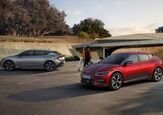
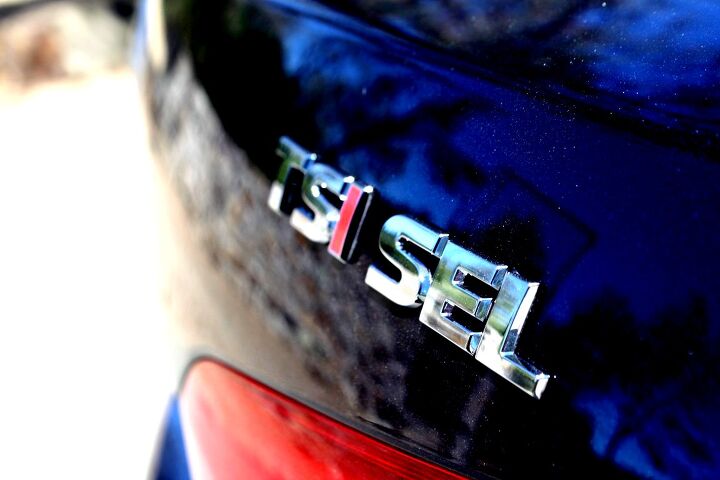













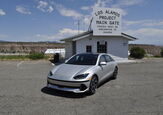





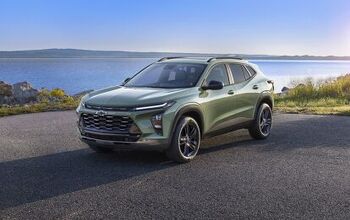
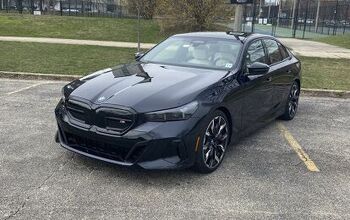
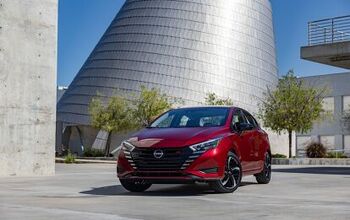
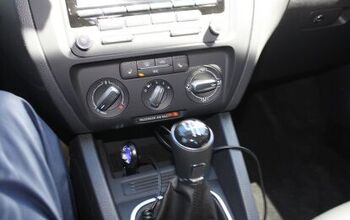


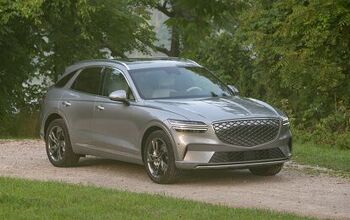


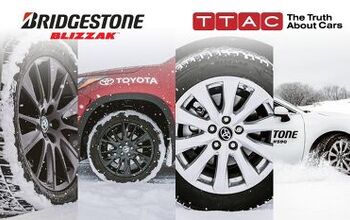
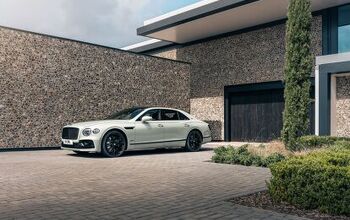
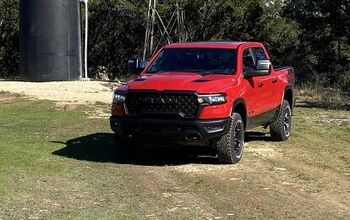





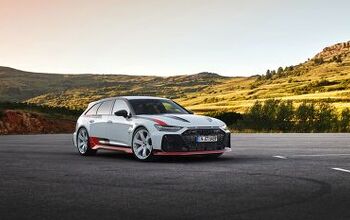
Comments
Join the conversation
I will echo other commenters' and JB's statements regarding road noise on certain surfaces. When my gf was car shopping, we stopped by the VW dealer to try out a Jetta and Passat. I rode in the back in the Passat, it was roomy as all get out, but as soon as we hit a section of concrete, the whole interior was reverberating, about as noisy as my lacking-soundproofing 2012 Civic. Really surprising, I'd always thought of German cars as the solid, quiet bank vaults. The Passat certainly looks the part, but boy does it not deliver on the road noise insulation.
I’m a proud owner of a 2013 Passat SEL TDI. About the road noise, it has been widely acknowledged on several VW forums that much of the road noise is attributable to cars equipped with Hankook tires. My car has Michelens and I can’t complain about the noise at highway speeds. I haven’t measured it with a SPL meter, however. The Passat’s interior finish doesn’t live up to that of my 2008 Audi A4, but it’s as good as the top-of-the line Nissan/Toyota/Honda, IMHO. And even with the more expensive diesel engine you can drive it off the lot for less than its similarly equipped Japanese rivals. The car doesn’t come close to the Audi performance-wise either, but you can’t beat the mileage from the diesel engine. I routinely drive it hard and have a combined average 42 MPG. Keeping it to 65-70 MPH I can get more than 50 MPG. My only real complaints so far are the horrendously slow satnav radio and the weak headlights.